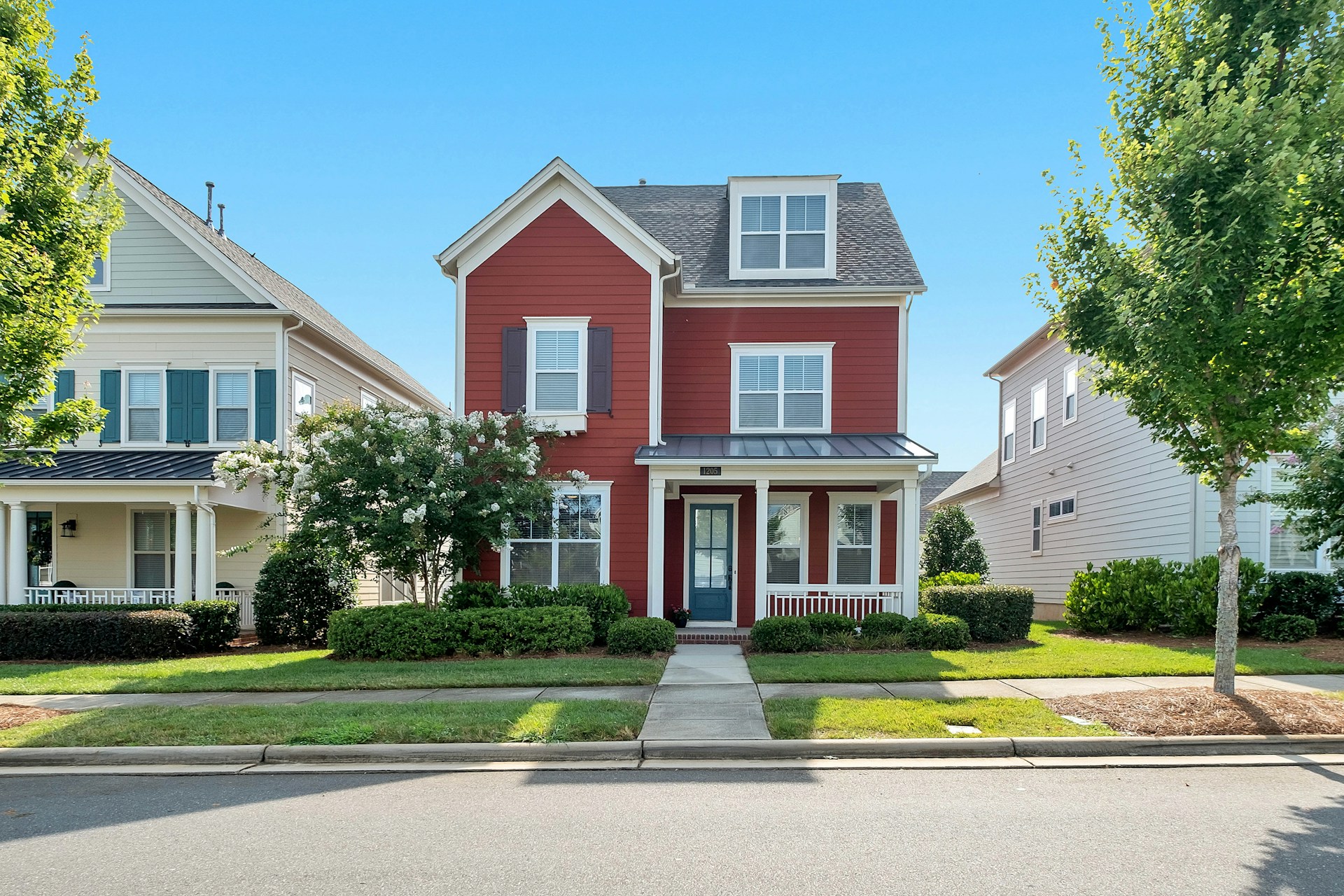Britain’s fast-growing build-to-rent (BTR) sector is not delivering the rental affordability policymakers have hoped for, despite a wave of institutional investment and Labour’s plan to accelerate new supply. In boroughs with high concentrations of BTR schemes such as Brent, Ealing and Newham in London, and cities including Manchester and Salford – rents have risen sharply, often outpacing the broader market. That counterintuitive trend suggests that simply increasing professionally managed rental stock is not enough to address the deep-rooted problem of escalating rents.
Analysts point to structural challenges within the BTR model. Developers are frequently permitted to make financial contributions in lieu of retaining genuinely affordable units onsite, weakening the connection between private investment and public outcomes. Furthermore, BTR operators typically target higher-income renters seeking flexible, amenity-rich living, rather than households in greatest need of affordable accommodation. The result is a parallel rental market that may expand choice and quality but does little to temper prices in the mainstream sector.
There are also growing concerns about market concentration and pricing behaviour. As major investors scale their portfolios across multiple schemes, critics warn that de-facto coordinated pricing could emerge , exercising upward pressure on rents in some neighbourhoods. Without strong regulation and competition safeguards, the influx of institutional capital risks creating enclosed, premiumised rental enclaves rather than fostering wider affordability.
The broader lesson for housing policymakers is that supply-side intervention alone is insufficient. Build-to-rent can play a role in improving standards, professionalising management and delivering new homes at pace, but its impact on affordability depends on strict integration of social and mixed-tenure units, alongside regulation to curb speculative pricing. Without such safeguards, increased supply may simply chase higher-earning tenants, leaving average renters exposed to relentless price escalation.


